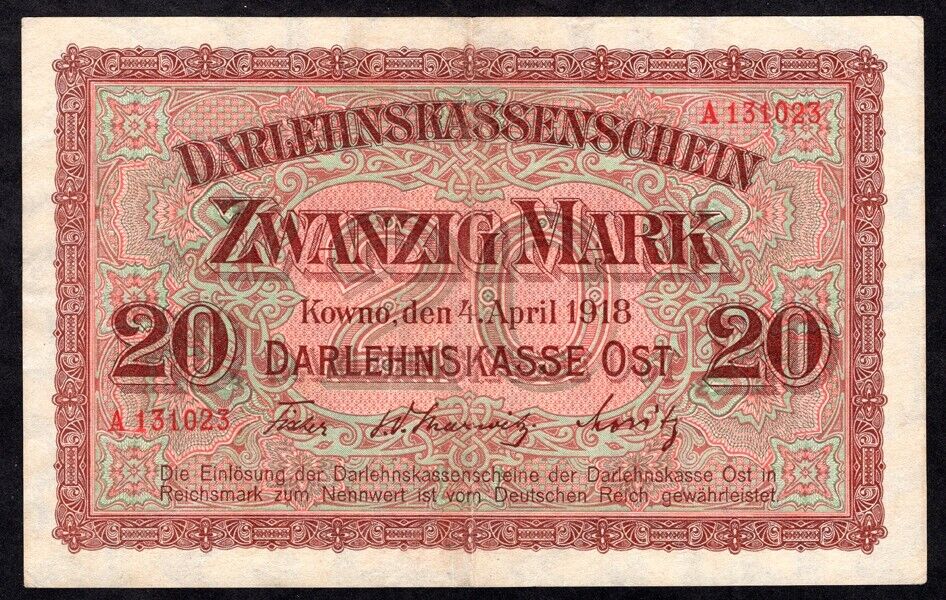Get ready to learn about pre-1921 Irish banknotes! These vintage bills were utilized in Ireland prior to the nation gaining independence from the United Kingdom in 1921. Let’s dive into the fascinating world of pre-1921 Irish banknotes and discover what made them so unique.
A Brief History of Pre-1921 Irish Banknotes
Private banks were the first to issue banknotes in Ireland in the late 1700s and early 1800s. Interestingly, these banknotes weren’t backed by the government, but by the reputation and assets of the issuing banks.
Bank of Ireland Banknotes
In 1826, the Bank of Ireland started issuing its own banknotes, which were supported by the government. These banknotes were the most popular form of currency in Ireland and remained so until the country gained independence.
Africa rare banknotes and collectible paper money
Intricate Designs and Famous Figures
The Bank of Ireland’s banknotes had intricate designs, including portraits of prominent personalities and intricate depictions of Irish landscapes. Post-1921, the Lady Lavery series was one of the most notable banknote series, featuring a portrait of Hazel Lavery, the spouse of the celebrated artist Sir John Lavery.
Other Banks’ Banknotes
Besides the Bank of Ireland, several other banks, including the Provincial Bank of Ireland, the National Bank of Ireland, and the Ulster Bank, issued their own banknotes in pre-1921 Ireland. These banknotes also featured complex designs, such as portraits of famous individuals and depictions of Irish landscapes.
The Legacy of Pre-1921 Irish Banknotes
Pre-1921 Irish banknotes are a fascinating part of Irish history. They can remind you of the country’s past, and of the role banks and currency played in Ireland’s development. These vintage bills are a testament to Ireland’s rich cultural heritage and remain an intriguing subject for collectors and history buffs alike.









